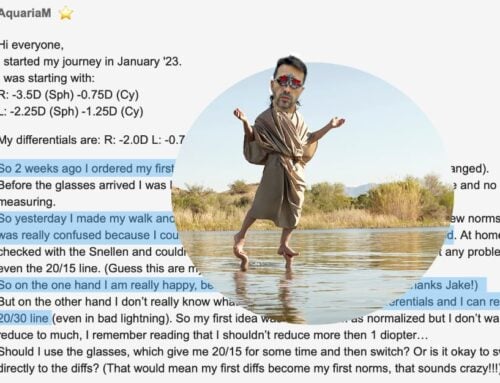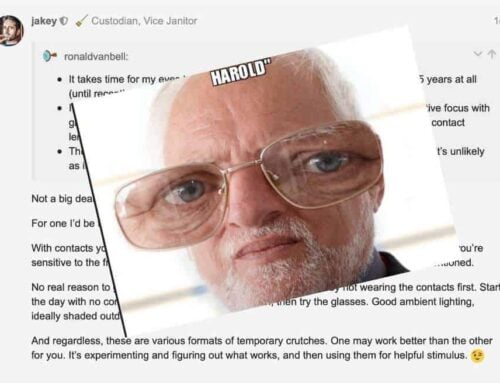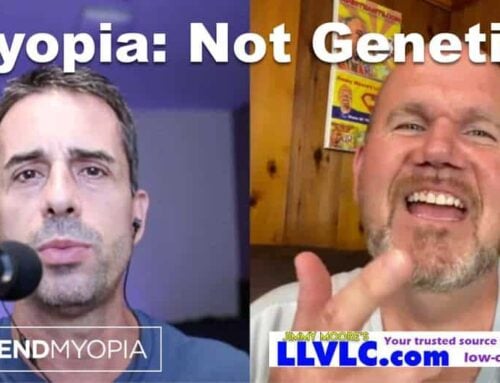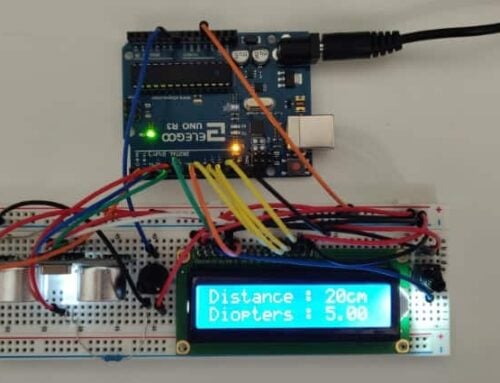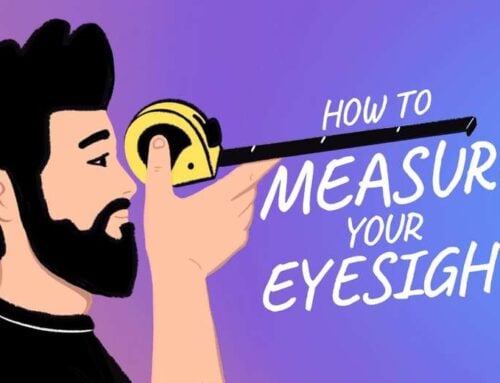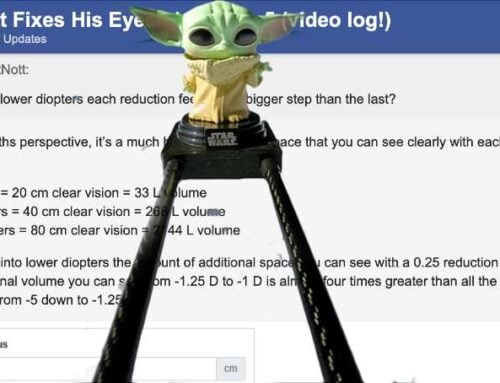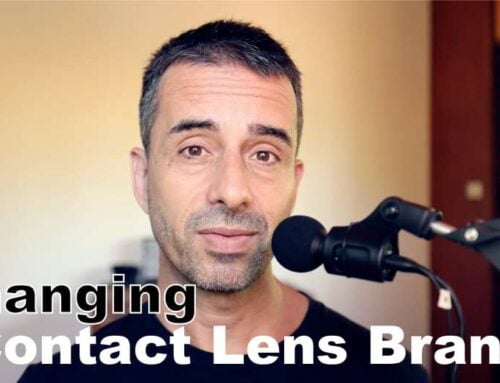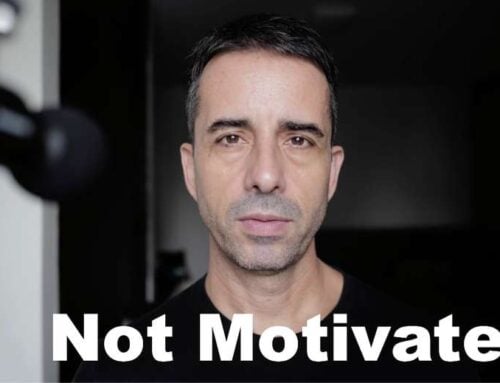For those of you who are interested in studies of the significant myopia-inducing effects of minus lenses on the eye take a look a this abstract.
This is from the IOVS (Investigative Ophthalmology and Visual Science), an ARVO journal.
** If you enjoy this post, “like” it on Facebook, help me spread vision health knowledge!
A quick excerpt:
Methods. Starting at 3 weeks of age, eight infant monkeys were reared wearing −3 diopter (D) spectacle lenses over one eye that produced relative hyperopic defocus in the nasal field (NF) but allowed unrestricted vision in the temporal field (NF group). Six infants were reared with monocular −3 D lenses that produced relative hyperopic defocus across the entire field of view.
Results. In response to full-field hyperopic defocus, the eye developed relative central axial myopia, became less oblate, and exhibited relative peripheral hyperopia in both the nasal and the temporal hemifields. Conversely, nasal-field hyperopic defocus produced relative myopia that was largely restricted to the nasal hemifield;
For those who tend to feel sleepy, reading these kinds of studies, this might be another way to summarize its findings:
Monkey wears glasses, monkey develops myopia.
And, monkey develops myopia specifically, where the glasses take effect.
The full article can be found here: http://www.iovs.org/content/51/8/3864.full
Of course we don’t claim that it is the glasses that create myopia, in most cases for us humans. Glasses do however, make myopia much, much worse, when used incorrectly (for instance, while being focused up-close). I created the online version of our clinic’s myopia rehabilitation program to help reverse these effects. Take a look a the Web Program, if you haven’t done so already.
Be careful with your eyeglass prescription management, and enjoy some healthy distance vision today!





